By Suzie Hall
The impact of COVID-19 on our world has been monumental. Hotel owners and operators have done their best to provide informative and responsive signage for their guests. However, most of the signage is of an “emergency” or “high alert” style. While appropriate as a first wave of signage response to the pandemic, design professionals now have an important responsibility to specify more suitable and appealing signage for a hotel’s exterior and interior, to convey safety, welcome and information—instead of “please stay on high alert at all times when on property.” Here are four recommendations to accomplish this goal.
1. Remove the temporary pandemic signage and replace it with semi-permanent signage/communication that complements the hotel’s design aesthetic. We look down and see jarring decals on the floor, indicating exactly where we should place our feet. We might even see Tom Hanks’ likeness on the floor, as he’s being commercialized as a perfect 6-ft. indicator. Large “Xs” and warning symbols scream out that we’re in the midst of a global pandemic. While this is true, this type of signage can be replaced with a more integrated signage solution. Hopefully, these temporary decals and adhesives haven’t ruined the floor and wall finishes where they were installed. Does red and white, or black and yellow, complement the hotel decor? Probably not. I recently spoke with a CEO of a modular company who shared with me his recent personal travel and stay experience at a hotel, and how this type of signage negatively affected his overall emotional experience there.
Instead of a laminated piece of paper with instructions on doors and walls, consider a well-planned signage installation throughout the property, with flexible options for the next several years. The signage backing should be of a material, color and finish that works with the hotel’s decor, is timeless in its design and supports the signage content changing over periods of time. Think layers.
2. Strategically place signage in public spaces and guestrooms in a way that informs but isn’t obtrusive and off-putting to a guest’s experience. It’s not necessary to place a placard on each table, every lounge chair, the bed, in the bathroom, on the casegoods, behind each door, etc. Instead, post signs in highly visible locations (e.g., at entrances, in restrooms) that promote everyday protective measures and describe how to stop the spread of germs and pathogens by properly washing hands, correctly wearing face coverings, etc. Strategically place smaller placards throughout the spaces. Retractable, movable signage screens are very effective temporary measures when groups are involved. Consider developing signs and messages in alternative formats (e.g., large print, braille, American Sign Language) for people who have vision or hearing issues.
3. Keep your staff fully engaged in communicating with guests. Hotels are respites of hospitality, and now, more than ever, guests and visitors want to feel connected, even from a 6-ft. distance. Transparent masks instead of solid cloth face masks can go a long way to facilitate a smile and warm engagement between staff and guests. Unless we’ve previously studied the layout of the property, we first rely on the signage directing us to the hotel and to check-in. Our first interaction is with the valet or doorman, welcoming us to the property. He or she directs us to reception, where we interact with the staff, and these friendly interactions are most welcome. A verbal description from staff of the path of travel to a guestroom and throughout the property begins our stay and our emotional experience of hospitality in the midst of a global pandemic. Paramount to a positive guest experience is thoughtful and intentional communication throughout, verbal or inanimate.
4. Utilize technology, but make it user-friendly and simple. By offering technology to guests ahead of their arrival and providing user support, it sends the message that the guest is a priority, and the property is proactively communicating with its guests that the hotel is safe. Some guests might prefer to simply text during their stay, so make sure to offer this option as well. Guestroom and fitness room access through the mobile device is also recommended, so as to provide as few touchpoints as possible. Also consider providing window covering and lighting operability through an app. Provide regular and educational information through the app, websites and social media accounts about reducing the spread of COVID-19. Include messages and videos about behaviors that prevent the spread of COVID-19 when communicating with staff, vendors and other guests. Highlight all of the valuable cleaning protocols that the property has implemented.
Healthcare facilities typically do a fine job with their signage and wayfinding, and hotels will do well to look to this expertise. But a hotel is a place of hospitality, and we need to strike a balance between healthy, safe and hospitable. Today, cultivating the best of both worlds and providing these solutions to our guests in a warm and integrated manner will help stimulate our industry’s recovery.
Suzie Hall is the president/principal designer of Cornerstone Design, an interior design firm she founded servicing the hospitality, commercial and high-end residential, multifamily and mixed-use markets. Early this year, she launched the Cornerstone Collective, a collaborative consultancy providing clients with access to consultants and resources across dozens of channels.
This is a contributed piece to Hotel Business, authored by an industry professional. The thoughts expressed are the perspective of the bylined individual.
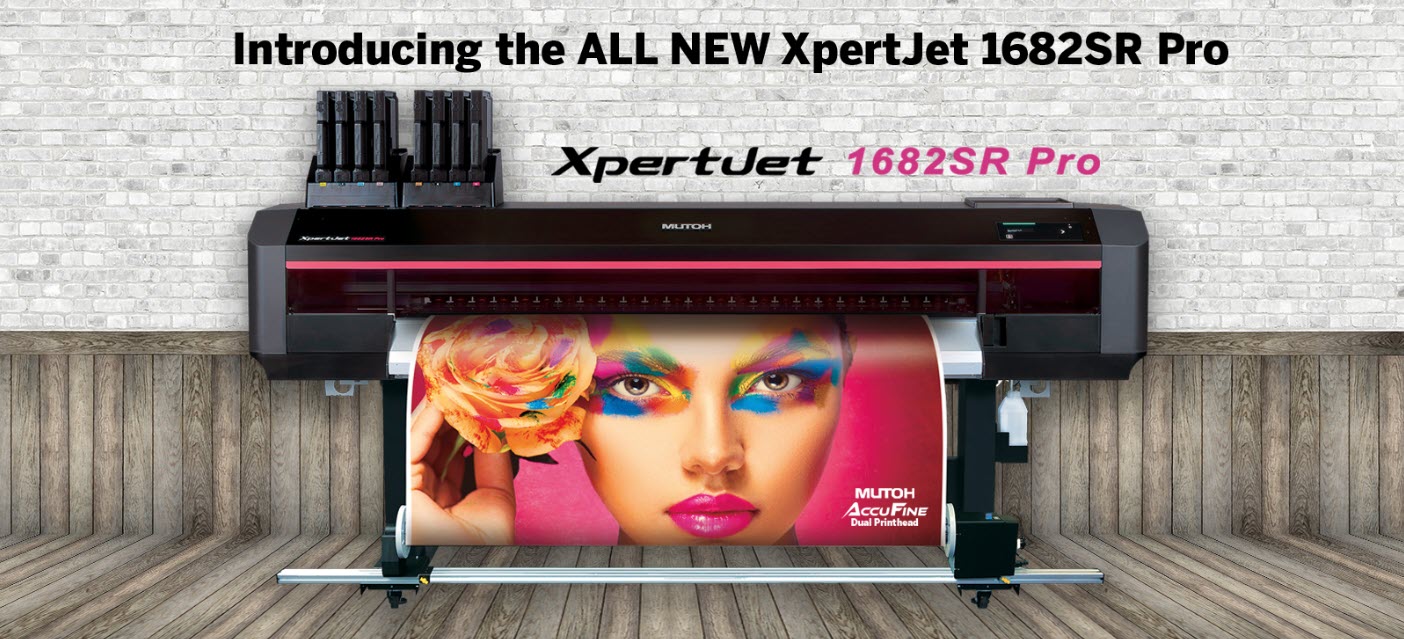
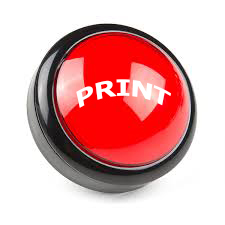
 Honoring Industry Product Innovation and Excellence
Honoring Industry Product Innovation and Excellence Again, from the award site:
Again, from the award site:
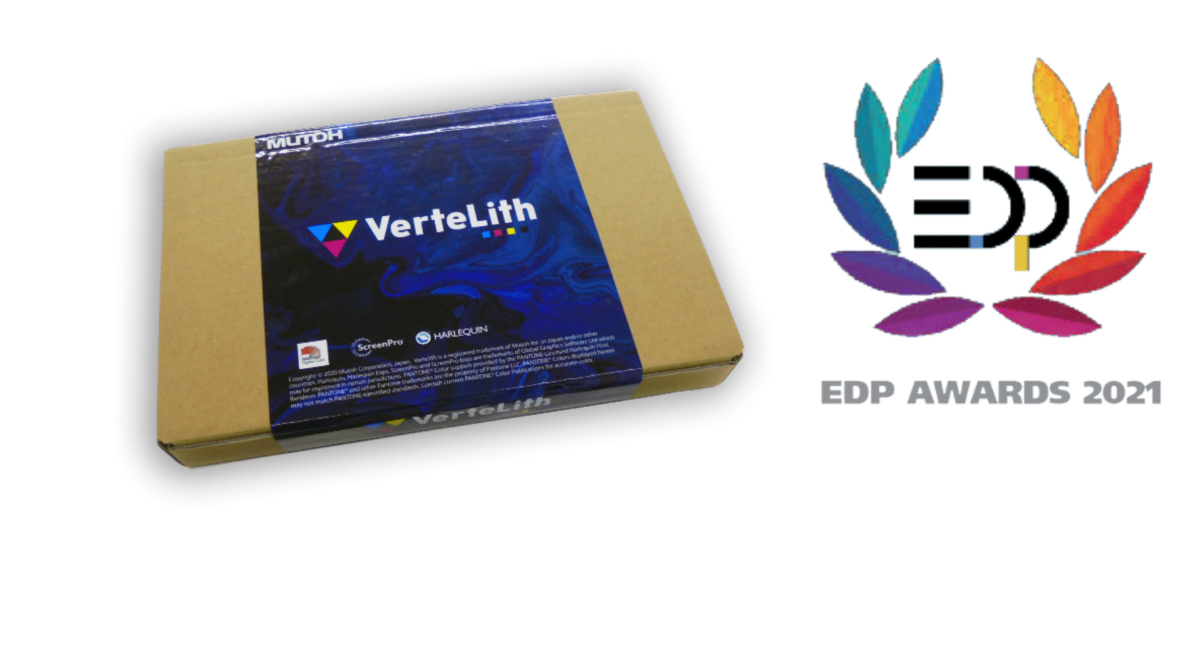


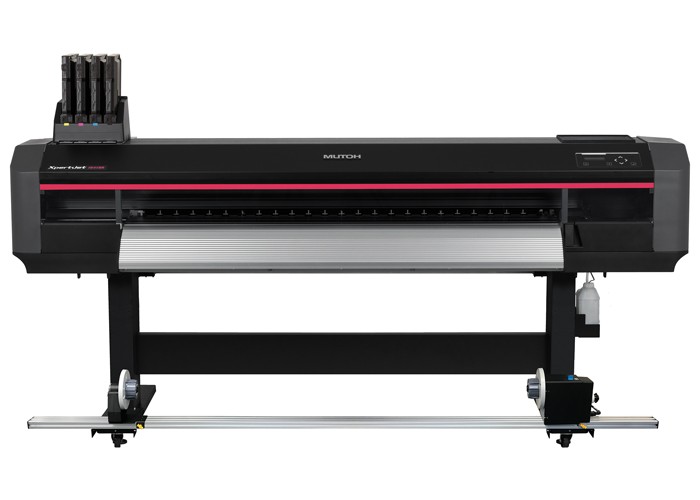

 Wallpaper – unrestricted for a full decorated room 33.4 m2 (360 ft2 ) in an office environment and 94.6 m2 (1,018 ft2 ) in a classroom environment.
Wallpaper – unrestricted for a full decorated room 33.4 m2 (360 ft2 ) in an office environment and 94.6 m2 (1,018 ft2 ) in a classroom environment.





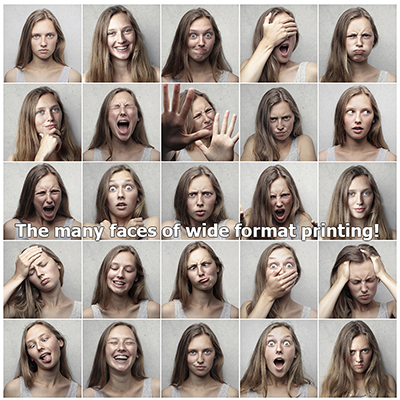

 as longas your sign design meets finish and contrast requirements, integrating custom colors is essential for an excellent signage program.
as longas your sign design meets finish and contrast requirements, integrating custom colors is essential for an excellent signage program.


